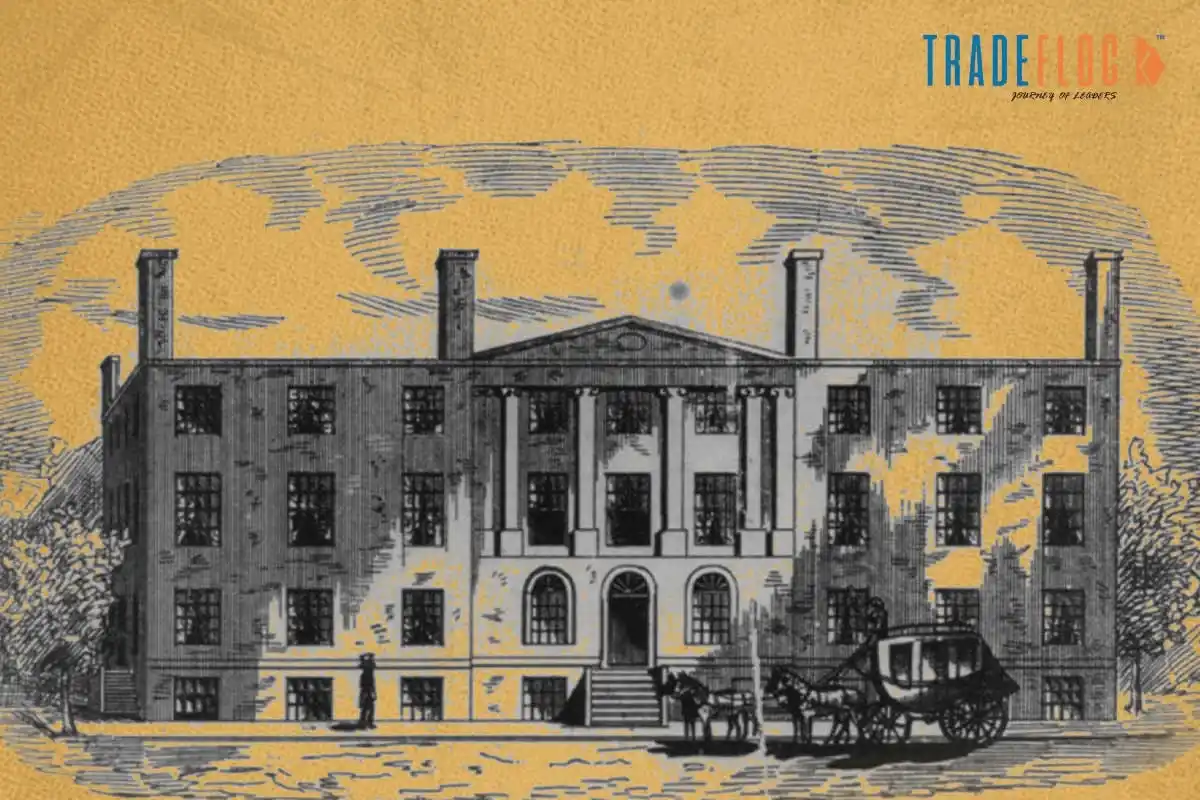Today, patents are an integral part of inventions and innovations. Without a formal and comprehensive patenting system, it becomes very difficult to safeguard the business rights of patent owners deriving from his/her inventions or innovations.
According to the University of Plymouth, the UK, a patent is an intellectual property right to protect inventions granted by a country’s government as a territorial right for a limited period. “Patent rights make it illegal for anyone except the owner or someone with the owner’s permission to make, use, import or sell the invention in the country where the patent was granted,” notes the University’s website.
The history of patent rights can be traced to ancient Greece, where an informal system of patent rights was state-recognised. On July 13, 1836, the numbering of patents was introduced in the US, which paved the way for a much more scientific way of recording and crediting inventors and innovators for their work.
The Act and X-Patents
According to the United States Patent and Trademark Office, The Patent Act of 1836 was signed into law on 4th July. USPTO notes that this law introduced a new patent numbering system, required the examination of patents prior to granting them, and established a corps of professional patent examiners to do so. One day later, Charles M. Keller became the first person to hold the official title of “patent examiner.”
From the USPTO, we can learn that U.S. patent no. 1 was granted to Senator John Ruggles on July 13 of the same year for a traction wheel for steam locomotives. An estimated 9,957 patents granted in the US before the introduction of the patent numbering system are now known as X-patents.
The first US patent was granted in 1790. From the USPTO, we know that it was granted to Samuel Hopkins for a process of making potash, an ingredient used in fertiliser. The first President of the US, George Washington, signed the first patent in the US. The patents issued by the United States Patent and Trademark Office from 31 July 1790 (when the first US patent was issued) to July 1836 are termed X-Patents.
On 15 December 1836, a fire destroyed the patent office in the US, as well as many patent documents and models. The endeavour to recover the X-Patents lost in the fire continues to the present day. The latest X-patents recovered were in 2004, traced from the Dartmouth College archives.
Some Milestones
Since the introduction of patent numbering in the US, many developments have been introduced in the realm of patents. In 1842, the first U.S. design patent was awarded to printer and industrialist George Bruce for a new typeface or font. Design patents pertain to the way something looks instead of how it works.
Over four decades later, in 1887, the United States became a member of the Paris Convention, an international treaty designed to enhance and unify the protection of patent holders globally.
According to the World Intellectual Property Organization, “The Paris Convention, adopted in 1883, applies to industrial property in the widest sense, including patents, trademarks, industrial designs, utility models, service marks, trade names, geographical indications and the repression of unfair competition. This international agreement was the first major step to help creators ensure their intellectual works were protected in other countries.”
In 1930, the US Congress passed the Plant Patent Act, creating a distinct type of patent to protect new varieties of certain plants legally. Throughout the 20th century, plant patents gained increasing popularity among horticulturists. Today, the USPTO issues over 1,000 plant patents annually.
The Indian Context
From the website of the Department for Promotion of Industry and Internal Trade, we learn that the first legislation in India relating to patents was Act VI of 1856. The objective of this legislation was to encourage the invention of new and useful manufactures and induce inventors to disclose the secrets of their inventions.
Act VI of 1856, based on the British Patent Law of 1852, provided protection for inventions. Under the Act, certain exclusive privileges were granted to inventors of new manufactures for a period of 14 years.
In 1859, the Act was modified as Act XV Patent monopolies called exclusive privileges (making, selling, and using inventions in India and authorising others to do so for 14 years from the date of filing specification).






